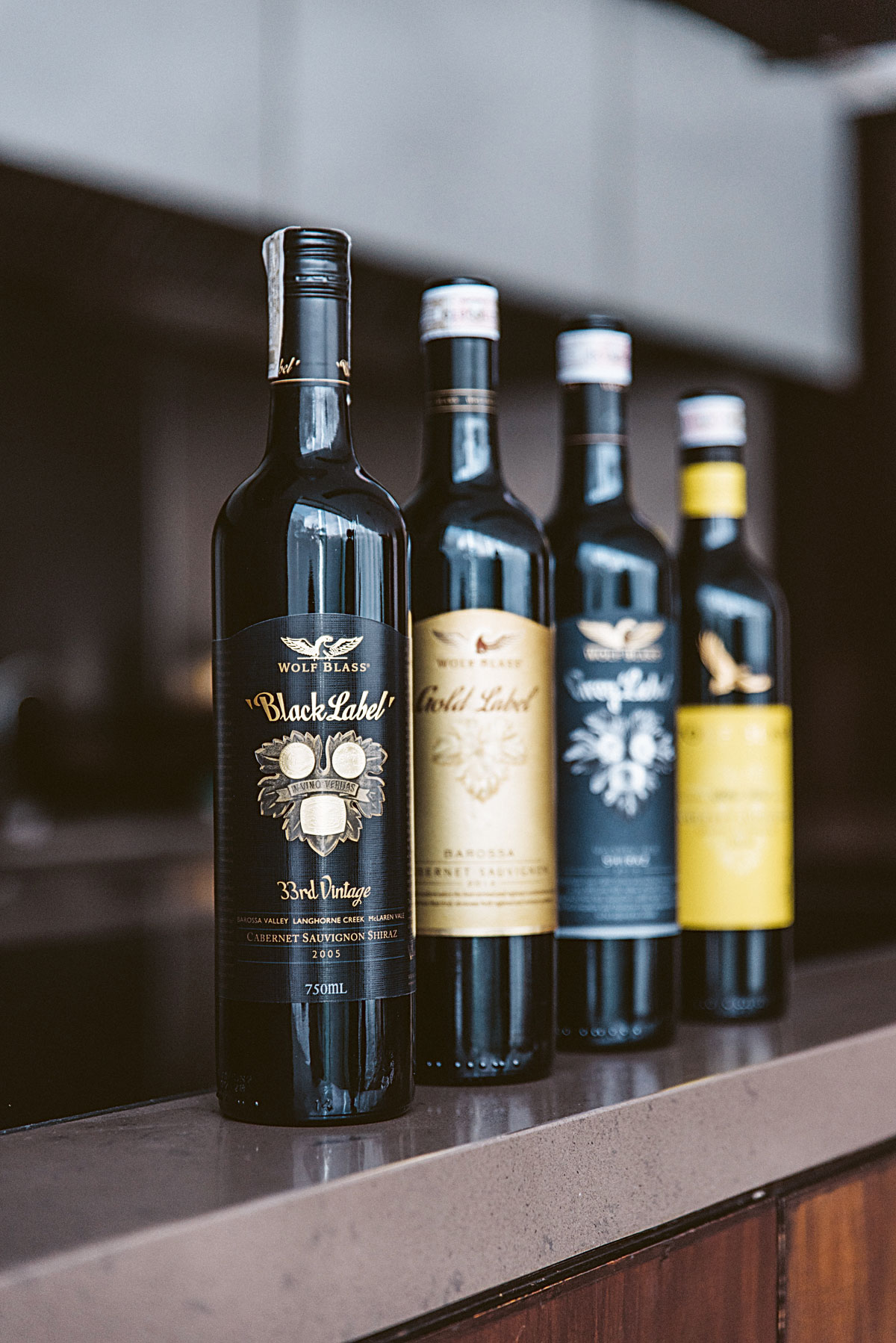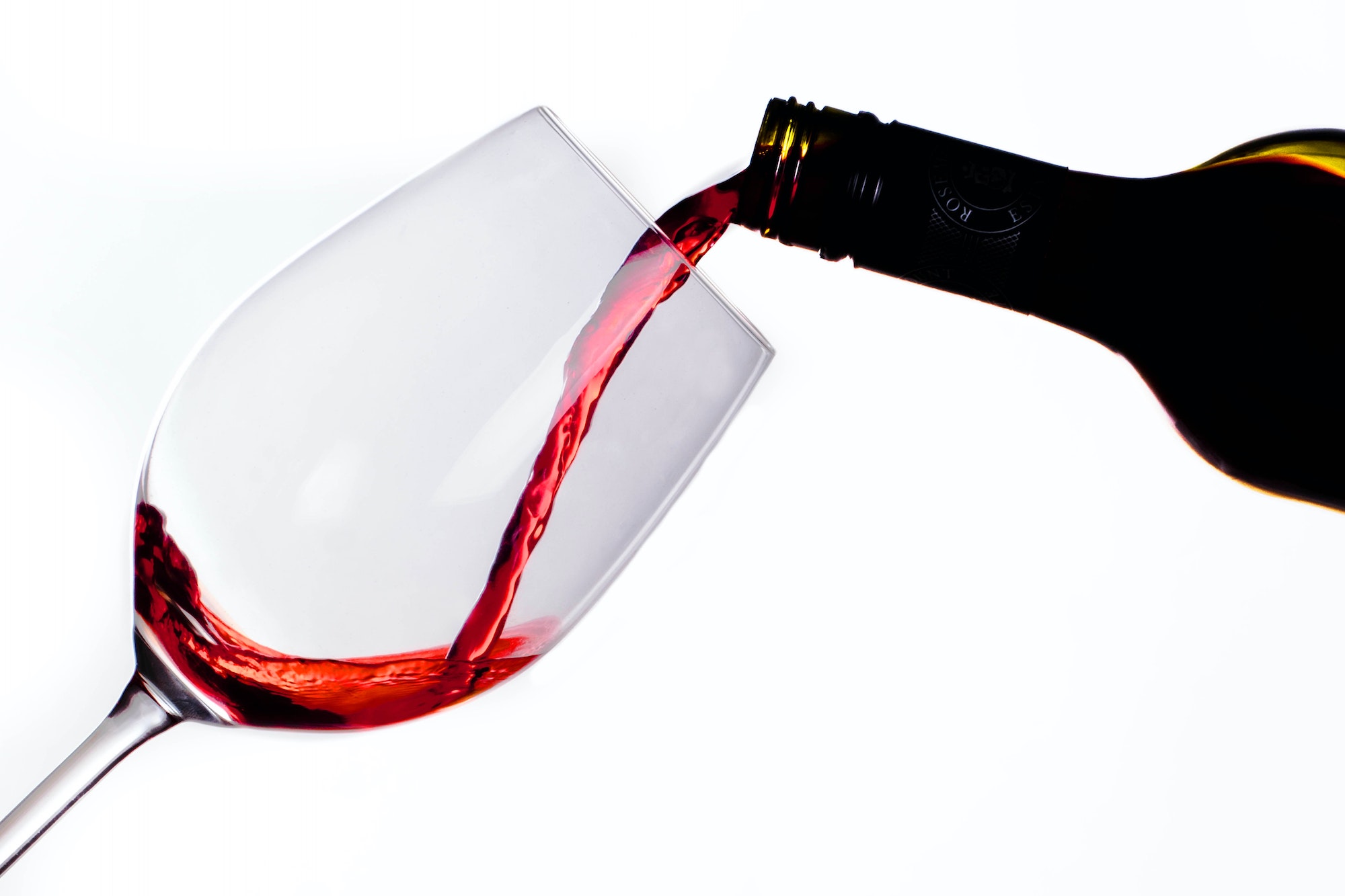While Filipinos are traditionally known to be beer drinkers, their interest in and demand for wines has increased in the last five years. As younger millennials become more open to trying new alcoholic beverages, Filipinos continue to see wine as an aspirational product.
In the Philippines, the United States supplies a third of the beverage in the market while Spain and Australia import 20 percent and 16 percent, respectively, with reds more favored over whites because of their health benefits. French wines are much more regarded than others because of the variety and specialty of select regions in the country.
However, the French wine industry has been facing stiff competition from the increasing success of New World countries like Australia. Unknown to many, Australian wine is now a major player in the industry along with Old World wine countries like France, Italy, and Spain. The Asia-Pacific nation has about 2,000 wineries, and a number of them have brought attention to Australia’s consistently fresh and fruity varieties.


At the prestigious International Wine Challenge this year, Australian winery Wolf Blass Wines won Red Winemaker of the Year, surpassing 15,000 entries from 70 countries. Chief winemaker for Wolf Blass Chris Hatcher explains that as one of the oldest geological countries in the world, Australia is also home to incredibly old vines.
“In the late 1800s, a disease wiped out Europe’s vines. So the oldest vineyards in Europe are really from the end of the 1800s. In Australia, we have vines dating back to the 1800s.” In addition, Australia’s true Mediterranean climate makes leaner soils ideal for growing good grapes.
“People are unafraid to try another wine after the other because they know that the quality is still there. There’s the consistency across the globe, and that’s really the success of Australian wine in general,” says Chris Hatcher.
Wine has been part of Australian culture ever since the craze started in the 1970s. Now, Asia has picked it up, particularly China where there is strong demand. “The interesting thing with the newer countries [the Philippines included] consuming wine is that people are starting to appreciate and see wine as something they like to learn a bit more about,” says Hatcher.
The younger generation and basically anyone who’s new to wine prefers soft and sweet wines, more fruit-driven like Chinese wines, but some lean towards the dry and firm-tasting wines of Europe. Australian wines can offer both, which paved the way for the country to penetrate the global wine market.
Its wide range of wines saves effort in keeping up with trends, but wineries continuously chase advanced winemaking techniques and better upkeep methods for their vineyards to ensure the highest quality. “People are unafraid to try another wine after the other because they know that the quality is still there. There’s the consistency across the globe, and that’s really the success of Australian wine in general.”





